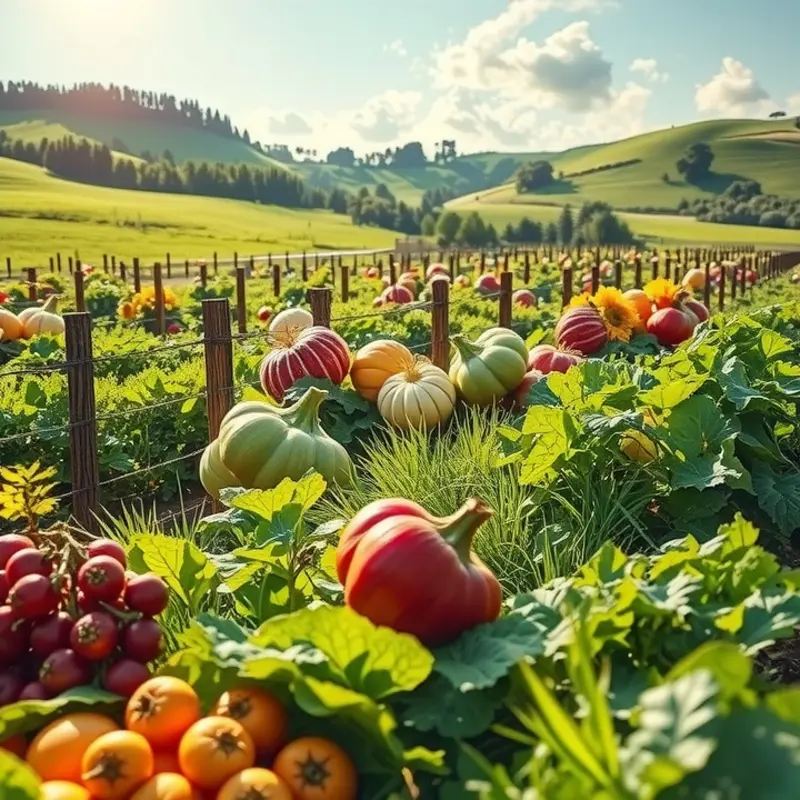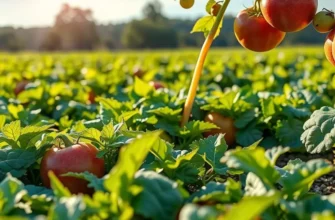Dehydrated foods are an excellent way to preserve nutrition while maximizing shelf-life. With proper storage techniques, you can enjoy these foods for years without compromising their quality or safety. Understanding the factors that influence shelf-life and implementing practical tips can significantly reduce food waste in your home. This guide explores the best practices for storing dehydrated foods and highlights key points to ensure they remain fresh and delicious.
Understanding Shelf-Life: What Affects Dehydrated Foods?

The shelf-life of dehydrated foods is influenced by several key factors, each playing a critical role in preserving the food’s quality and longevity. Understanding these elements helps you optimize storage strategies and minimize waste.
Moisture: At the heart of dehydration is the removal of moisture. This process inhibits microbial growth and enzyme activity, essential for prolonging shelf-life. Even a small amount of moisture can drastically reduce the shelf-life of dehydrated foods. Therefore, using airtight containers with moisture absorbers can prevent moisture ingress, extending longevity.
Temperature is another critical factor. High temperatures can accelerate spoilage by increasing the growth rate of bacteria, molds, and yeast. Ideally, store dehydrated foods at stable, cool temperatures, away from direct sunlight or heat sources. The rule of thumb is to maintain temperatures below 60°F (15°C) for optimal results.
Packaging: Packaging technology greatly influences shelf-life. Oxygen exposure is a primary concern, as it can lead to oxidation, impacting flavor and nutrition. Using oxygen absorbers or vacuum-sealing can significantly extend shelf-life by maintaining an anaerobic environment. The materials used in packaging should also be robust enough to protect against light and humidity.
Light Exposure: Light, especially UV light, can degrade food quality by breaking down vitamins and fats. Additionally, it can affect the color and flavor of dried foods. Materials that block or limit light exposure, such as opaque or dark-colored containers, provide better protection, thus enhancing longevity.
Storage Environment: Consistency is vital. Fluctuations in the storage environment, especially with temperature and humidity, can impact the shelf-life significantly. Find a storage space with minimal environmental changes, perhaps considering air-conditioned or climate-controlled options if feasible.
For those interested in further sustainable storage practices, exploring eco-smart kitchen storage can be beneficial. Consider reviewing suggestions for reducing waste and improving efficiency in food storage through this eco-smart kitchen storage guide.
By meticulously managing these aspects, you can create the best conditions for dehydrated foods, maximizing their shelf-life, preserving their nutritional integrity, and contributing to reduced food waste.
Practical Tips for Storing Dehydrated Foods

Proper storage of dehydrated foods is essential for maintaining their quality and extending their shelf life. Here are some practical strategies to ensure your dried goods remain fresh and safe to consume.
1. Choosing the Right Containers
Opt for airtight containers to protect dehydrated foods from moisture. Glass jars with rubber gaskets, stainless steel containers, and heavy-duty plastic containers with tight-fitting lids are ideal. Avoid thin plastics or improvisations that allow air infiltration. This step is crucial to maintaining the crisp texture and flavor of dehydrated products.
2. Vacuum Sealing for Longevity
Using a vacuum sealer can significantly extend the shelf life of dehydrated foods. By removing air, vacuum sealing minimizes oxidation and prevents spoilage, especially important for sensitive items like fruits and vegetables. It also protects against pests and further moisture ingress.
3. Optimal Storage Conditions
Store your dehydrated foods in a cool, dry, and dark location. Exposure to heat and light can degrade food quality and nutritional value. Basements or pantries away from household heat sources like ovens or heating vents are excellent choices. Consistency in temperature extends the shelf life by preventing condensation that could spoil the food.
4. Use Oxygen Absorbers
Consider adding oxygen absorbers to your storage containers. These small packets help maintain an oxygen-free environment by absorbing residual oxygen. This technique is particularly useful for long-term storage, preserving taste and color while extending shelf life for years.
5. Label and Rotate
Label each container with the contents and date of dehydration. Implement a rotation system to ensure older foods are used before newer ones. By doing so, you minimize waste and always consume foods at peak quality.
6. Consider Portion Sizes
Store dehydrated foods in portion sizes that match your typical usage. This practice reduces the need to constantly open larger containers, which can expose the entire contents to air and moisture each time they are opened. Smaller packages protect against spoilage and are convenient when cooking without extras.
7. Monitor Storage Environments
Regularly check your storage areas for signs of humidity or pests. An inexpensive hygrometer can monitor environmental moisture levels, ensuring conditions remain within acceptable ranges. Pest traps or monitoring can help manage and preempt contamination issues.
Adopting these strategies in your home can lead to significant waste reduction while maximizing the shelf life of your dehydrated foods. By incorporating airtight containers, vacuum sealing, and optimal storage conditions, you ensure longevity and food safety. Maintaining a well-organized and monitored storage system is paramount in this endeavor.
Final words
Proper storage of dehydrated foods is essential not just for extending shelf-life but also for optimizing taste and nutritional value. By understanding the factors that influence decay, such as moisture, light, and temperature, you’ll ensure that your dehydrated foods remain safe and enjoyable long after their initial preparation. Implement the practical storage tips shared in this guide to effectively manage your food supply, minimize waste, and enjoy healthy meals anytime. Regularly check your stock and rotate items to make sure you’re always consuming the freshest foods possible. Make dehydrated foods a staple in your home kitchen, simplifying meal preparation while promoting sustainability.







